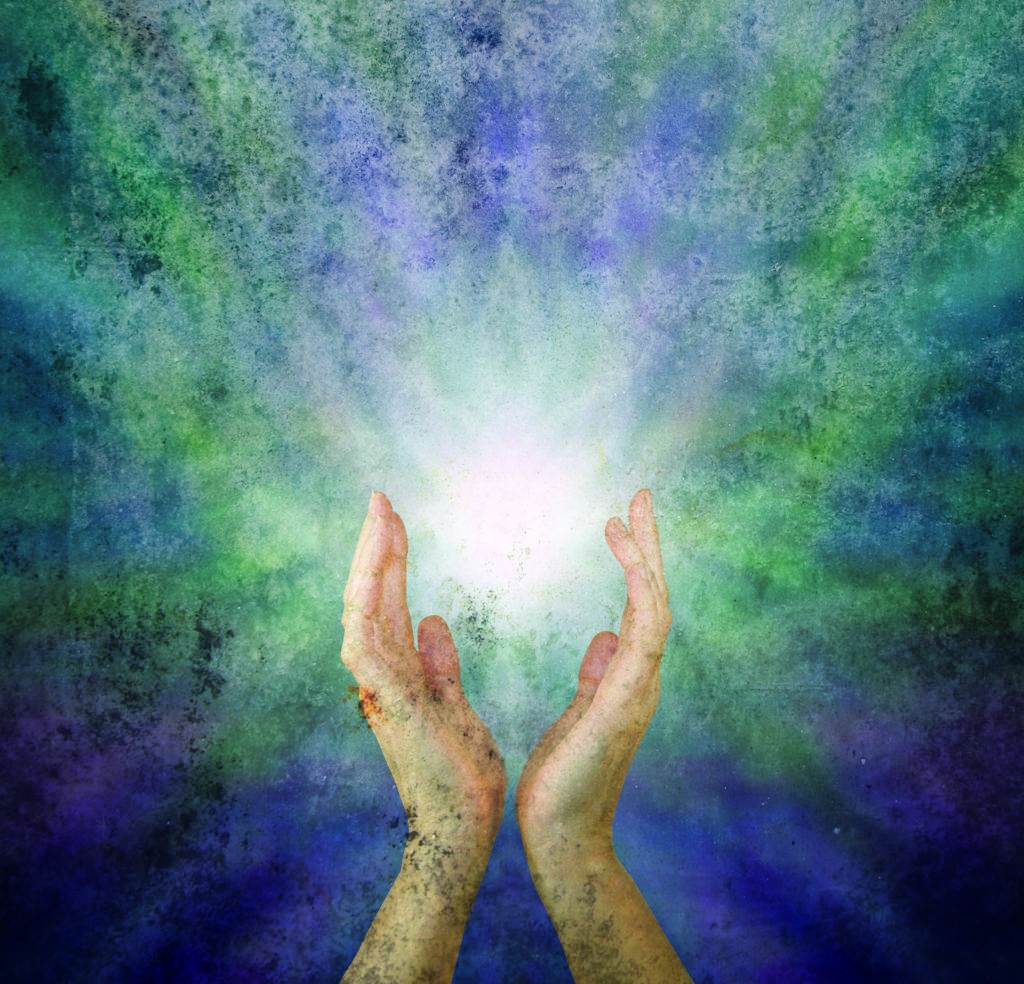BY TIAS LITTLE
What is the subtle body? Is it something material like connective tissue, hormonal secretion, or neuronal pulse? Or is it formless, like space, pure energy, or consciousness? In the tradition of yoga, the subtle body suggests that which is fine, delicate, and infinitesimally small such as an atomic particle. It also speaks to the all-pervading spirit in the body and is one of the names of Shiva.
When imagining the subtle body, the mystics and yogis of India and Tibet designed elaborate systems for navigating the body’s interior, akin to the circuitry of a computer. The exact nature of these pathways is difficult to articulate in any one biological system; their potency suggests a physio-spiritual force that transcends scientific rationale.
The ancient language and imagery used to articulate the subtle body are metaphorical and cryptic. This is partly because the landscape of the inner body, long before the era of the microscope or MRI, was visualized during states of profound meditation. Also, descriptions of the subtle body were shrouded in metaphor and obscure so as not to be readily understood by the uninitiated but reserved for those who trained with a qualified master. Ironically, today we have the opposite scenario, where yoga teachings are ubiquitous, launched on the World Wide Web, and made available to everyone at any time.
My interest in the subtle body has evolved out of my love for metaphor. As a teacher, I am drawn to the poetic imagination and use metaphor regularly when I teach. I believe that ultimately, it is impossible to articulate the yogic experience in words. By articulating the body-mind connection through analogy and image (such as lifting the brainstem upward like the hood of a cobra), a direct experience of the subtle body becomes more palpable. Metaphorical thinking allows for greater flexibility, imagination, and openness, all of which are integral to the mind in meditation.
In the eyes of the ancient seers of India, the form of the body is not simply utilitarian, whose purpose is to eat, sleep, and reproduce. Rather the body is a microcosmos where energies get played out. In it, sunlight is reflected, wind roams, and flowers bloom. It is where lotuses, turtles, and dragons dwell. In this sense, the body is not to be taken literally but figuratively. Thus, in the history of yogic thought and practice, the subtle body not only involves complex and compelling biological rhythms but is the home of a multitude of archetypal forces.

The archetypal forces in the body are sustained by the vivifying effect of prana. Prana is a mysterious energy, the immeasurable source of life itself. As an avid practitioner and student of the internal arts, I have found it invaluable to understand the structures of the body through which the force of prana flows. My studies began with how the musculoskeletal system relates to yoga postures and has evolved to include an understanding of how yoga practice affects digestion, circulation, the flow of lymph, and hormonal secretions. Prana within the subtle body is impacted by the powerful effects of emotion. Divisive psychological and emotional states become embedded in the tissues of the body: buried under the skin, held in the pelvis, stuck in the diaphragm, or locked in the jaw.
Today, the chakras are the most recognized representation of the subtle body. Of all the chakras in the body, the heart is paramount for cultivating awareness in the subtle body. The heart’s vibration supersedes all other vibrational rhythms in the body. The heart is thought to contain a mystical, silent sound that, like the perpetual expansion of the universe, resounds continually. Vibration within the heart is, paradoxically, called the “unstruck sound,” implying a profound, unruffled stillness. In the depths of meditation, it is possible to experience silence resonating in the heart—a silence purported to lie at the very foundation of being.
Flame of the Heart Meditation
The aim of this meditation is to attune to the subtle vibrations within the center of your heart while pacifying the winds of distraction. In the depth of stillness within the space of your heart, note a sense of radiance. When the vibratory rhythms of the heart are made soft and expansive, a luminous light appears.
Begin by sitting on a three- to six-inch support and release the weight of your sitting bones onto your cushion. Align the center of your skull over your chest and pelvis. Lift your sternum upward while descending your shoulder blades. Settle onto a very light flow of your breath. Sense the vibrational “hum” of your cardiac rhythm. Does it feel constricted, heavy, spacious, or fluttery? Then imagine a flame in the center of your chest. Visualize the flame burning clear and steady. Should you become distracted by a parade of thoughts, then the flame will waver, flicker, and burn uncontrollably. When distracted the flame will not burn brightly and its oscillations will cause the flame tip to smoke, clouding your concentration. Make your breath even, soft, and steady. This will help the flame of your heart burn steadfast and still. Visualize an unruffled flame as a constant glow, like a flame in a windless place. Imagine the radiance of this steady light filling your entire chest. Sense the spirit of great joy that accompanies this unperturbed, undying flame within. Remain for 5 to 45 minutes.
Tias Little synthesizes years of study in classical yoga, Sanskrit, Buddhist studies, anatomy, massage, and trauma healing. He earned a master’s in Eastern philosophy from St. John’s College and directs his school, Prajna Yoga. Tias is the author of three books, The Thread of Breath, Meditations on a Dewdrop, and Yoga of the Subtle Body. PrajnaYoga.net